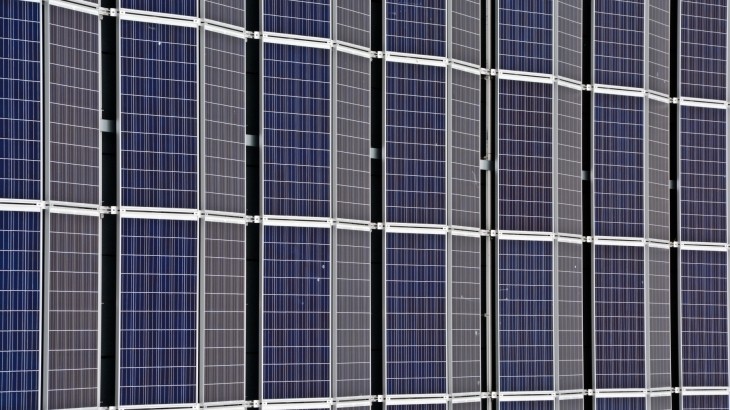
High capital costs for renewables, such as solar and wind projects, are expected to continue in 2023, Fitch Solutions reported.
The impact of the high cost will vary depending on the shifts in material cost and demand.
“We expect that some developers will see the cost of high material prices more acutely and this will translate into revised project economics and higher strike prices,” the report read in part.
“In the case of the wind sector, high metal prices have been squeezing profit margins with some project contracts having to be restructured. However, in many cases, capital costs will be absorbed by the counterbalancing effects of falling operational costs and rising technology efficiency.”
Fitch noted that in 2023, some reversals in the price of polysilicon, and raw materials required in solar cells as new production capacity comes online are expected.
“High polysilicon prices, which started increasing in end-2020, will experience an overall contraction post-2022 as supply ramps up to meet the increasing demand for the material,” the report also read.
Moreover, Fitch expected that supply chains are already reacting to rising demand for renewable content and at the end of 2022 shipping freight index rates were already seeing declines.